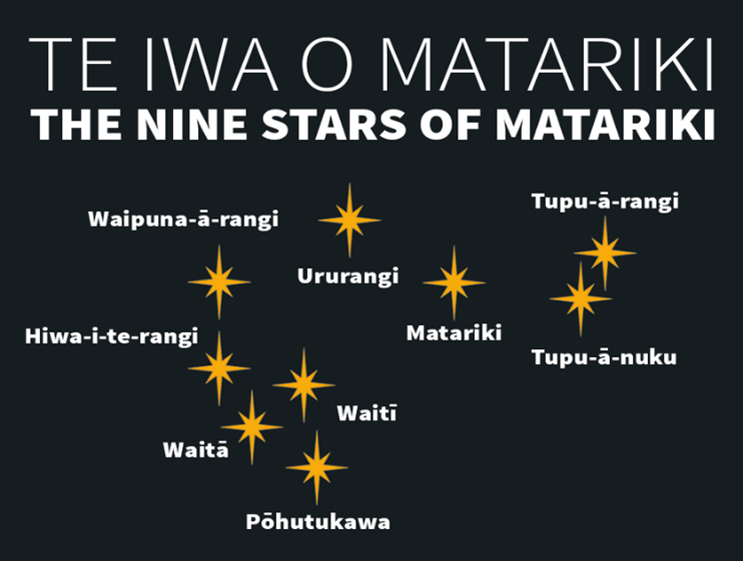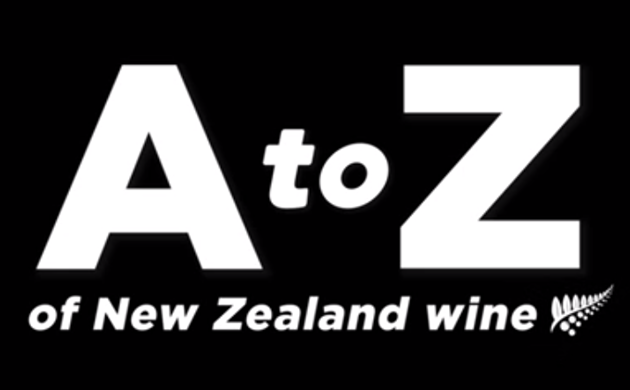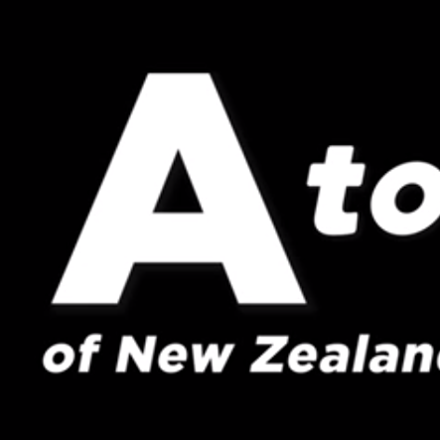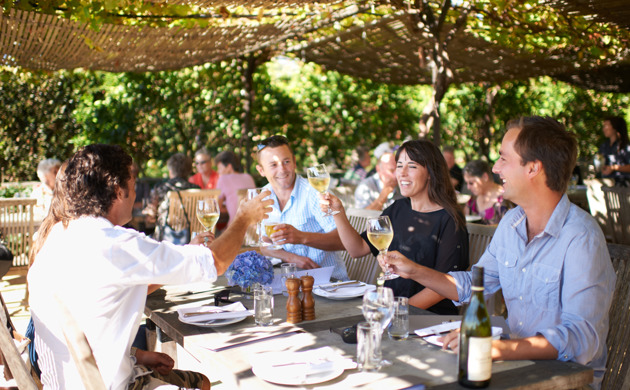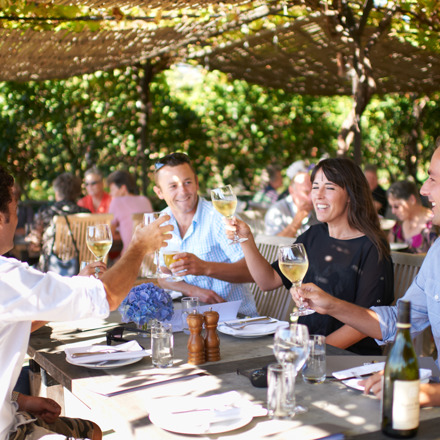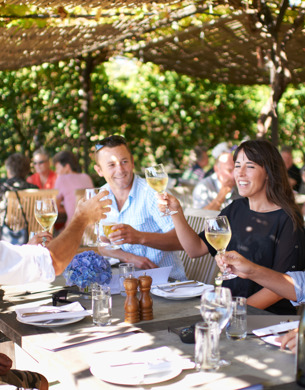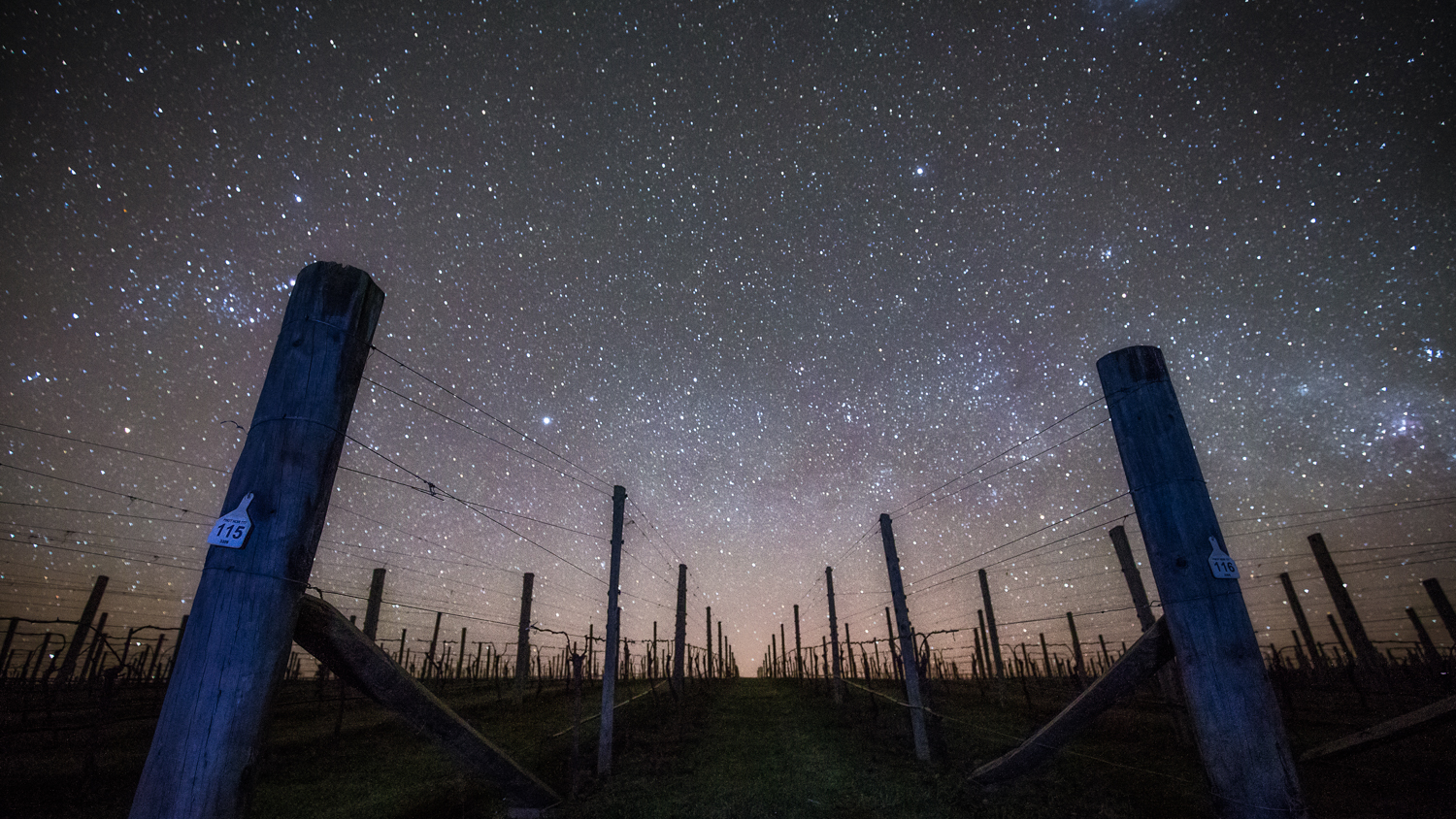
Matariki has different names around the world. In English, it is called by its ancient Greek name, Pleiades or the Seven Sisters. In Hawaiian it is Makali’i, ‘eyes of royalty', and in Japan it is Subaru, meaning ‘gathered together’.
One way to celebrate Matariki is to gather your friends and whānau (family), and toast with a glass of wine. Manaakitanga, (ma-naa-key-tung-a) which is loosely translated as hospitality, is one of the core values of the Māori culture and has particular significance to the wine industry since it’s all about bringing people together to eat, drink and interact with each other. Manaakitanga also includes care and respect for the natural environment and is practised by the majority of wineries throughout New Zealand, as is kaitiakitanga (kye-tea-ar-key-tung-a), another core value of Māori culture relating to guardianship of the land to protect it for future generations. Kaitiakitanga is a belief that natures resources belong to the earth, and people are welcome to use these resources, as long as they do so respectfully.
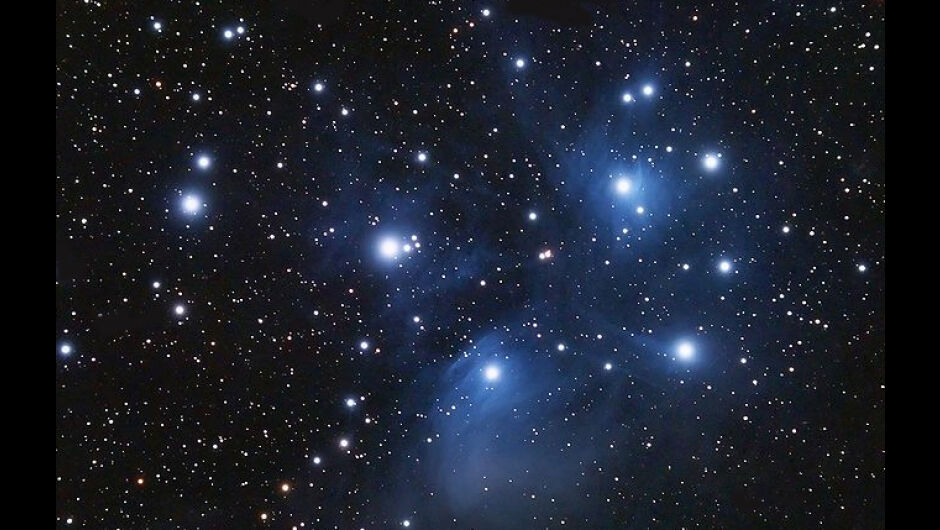
The New Zealand wine industry is also embracing Te Reo Māori (the Māori language), with many winegrowers making a deeper connection with Māori culture and values by recognising the significance of their land, the history and relationship with the people. There are plenty of ways to say ‘cheers’ in many languages, but can you take the conversation further in Te Reo Māori?
Many places in New Zeland have Māori names that evoke elements of the natural environment, some including;
- Mānia – Plain, stretch of land
- Moana – Sea or large lake
- Motu – Island
- Wai – Water
Many New Zealand wine-producing areas are near rivers and bodies of water, so you will find the Maori word ‘wai’ included in many place names like Wairarapa (glistening waters), Waipara (muddy water), Waitaki (weeping waters / water of tears) and Waiheke Island (the descending waters) – all winegrowing regions of Aotearoa New Zealand.
Te Reo Māori that can be used in celebration of Matariki:
- Kia ora - cheers
- hui- gathering, meeting
- manuhiri- guests, visitors
- whanau - extended family
- hākari – feast
- ki te hauora pai – to good health
Terms associated with the wine industry:
- bottle of wine - pounamu wāina
- sparkling wine - wāina pango
- glass of wine - karaihe wāina
- wine tasting - te tihi wāina
- wine bottle - wāina waina
- white wine - wāina ma
- wine list - wāina waina
- red wine - wāina whero




